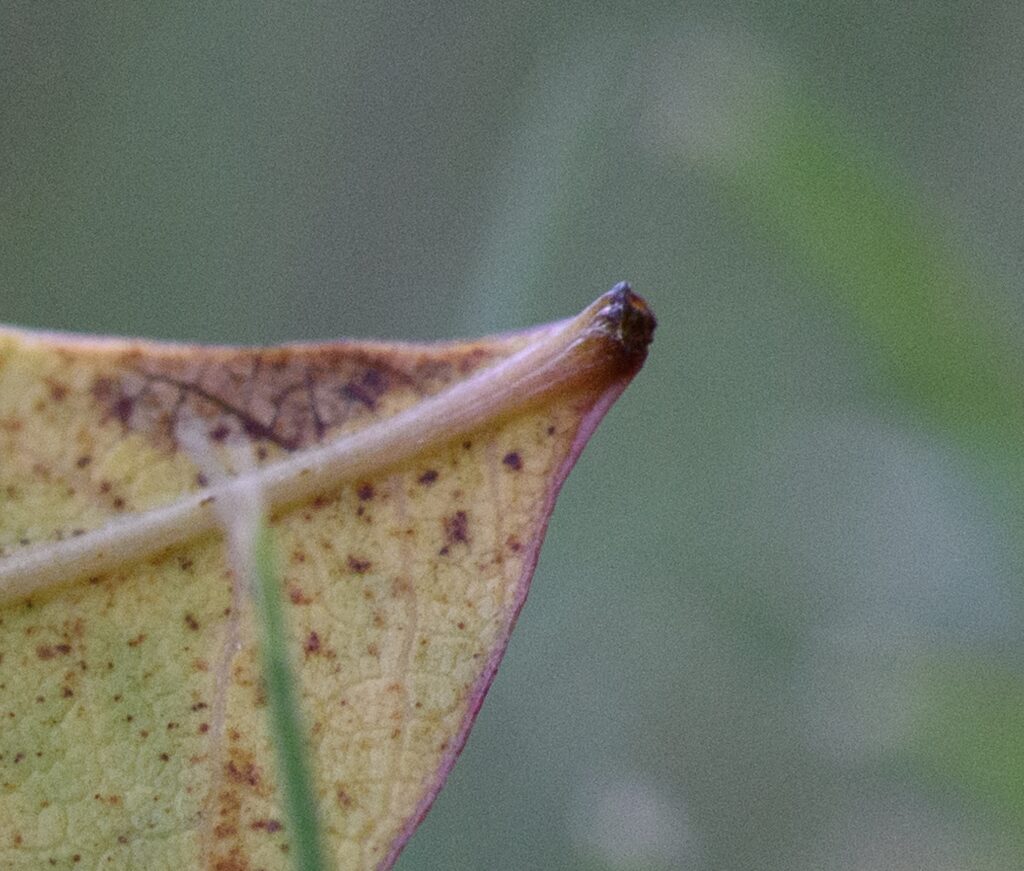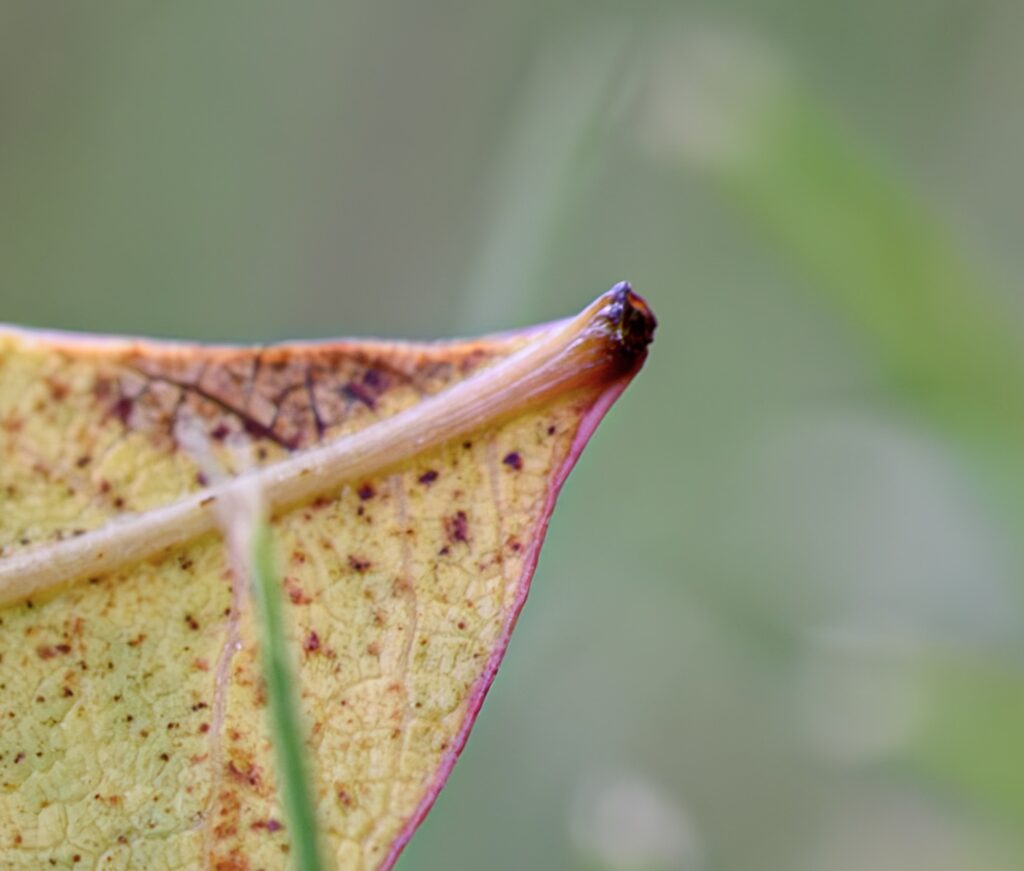
Well folks, here it is. This is, and I mean this without any exaggeration and with all possible sincerity, the best shot of a bee I have ever taken. It’s the kind of picture I have been trying to get for years. This quest, you might say, say back in June of 2024 I got a picture of a bee going in for some nectar from a magnolia flower near my office on the OSU campus. I since snagged others like this one but never quite got what I was hoping for, which is a profile shot of a bee hovering near a flower. Not a butterfly, not a hummingbird…a bee, bumble or otherwise, about to have itself a snack while simultaneously picking up some pollen. The thing about this kind of shot is you can’t really plan it or create it. You just have to be in the right situation, with the right gear and, most importantly, a healthy dose of patience and preparedness…and hope something comes along.
And every once in a while, it does :)
Ironically, I guess you could say, I wasn’t even trying to take this picture. It was a pretty normal afternoon following a morning of light storms, and I went out for a walk while on a short break at work. I had my camera in hand, thinking I might come across something interesting that would be good to photograph, and I happened upon these large purple plants with bright violet blossoms, many of which contained huge drops of water that had pooled during the rain. These subjects were entirely static, so I had more than enough time (measured in seconds, perhaps minutes, mind you. I was on a quick break! Not out for an hours-long leisurely stroll) to adjust my exposure, play around with my point of view, and fire off several clicks of the shutter. It was a thoughtful, kind of contemplative exercise that made me appreciate being outdoors in mild temps after the earth had washed itself clean.
And then I saw the bees. Many of them that were probably there all along but didn’t really catch my eye, flitting from flower to flower and pausing only a few breaths before heading to the next one. I tried to follow a few of them but that’s kind of an exercise in futility since they are so quick and nimble and there’s only so much you can do with a 105mm prime lens when trying to capture subjects like this. So instead I took kind of the opposite approach: I pointed my camera not at a bee but at a flower, hoping the former would come along and alight on the latter.
And by golly, as my dad would say, that’s just what happened. I had my exposure set to f/8, Auto ISO with 1/200 minimum shutter speed and I popped off a small burst of photos (continuous high-speed shooting on my D750 is something like 6 or maybe 7 frames per second, so make of that what you will) and one of them was, I am fortunate to say, just about right.
Everything about this image just works. The leaves fill the frame from top-left to bottom-right, while the flower in the center commands your attention the instant you see it. The bee is frozen in time except for its wings, which are a beautiful blur of motion as they keep it neatly positioned above its target so as to collect a bit of nourishment and pick up some pollen at the same time. The bee is sharp and in focus, its compound eye clear and unmistakable, and the angle of view draws you, the viewer, into the scene as if you were right there next to it.
I’m so happy with how this turned out, and yet still I am looking forward to what lies ahead. If I can do this once I can do it again, and who knows, maybe next time will be even better. Because in photography there’s always something new to learn, something fun to try, and some new horizons to explore if you’re willing to go for them.





